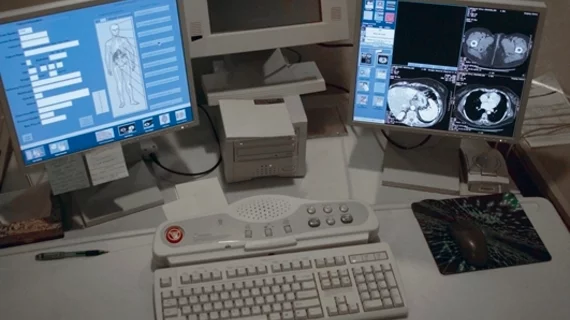How 'bunker shifts' increase radiologist productivity and decrease long-list anxiety
After day shifts began bleeding into night shifts at frustratingly frequent rates, one radiology practice in Kentucky devised a plan to get its lengthy worklists back on track—enter the “bunker shift.”
Bunker shifts are shifts when designated radiologists read cases only—there are no phone calls, consults, procedures or other administrative duties to take on during bunker shifts, as the sole purpose of the shift is to prevent lengthy worklists from reaching the point of inflicting “long list anxiety syndrome” on its radiologists.
In a new paper published in the Journal of the American College of Radiology, Eric Brandser, MD, and Tushar Kothari, MD, both with the Radiology Associates of Northern Kentucky, described the frustration they and their colleagues experienced when long worklists would keep them at work for hours past their scheduled shift. It happened on countless occasions and was depleting morale, leading to burnout and added stress.
“We had unacceptably few on-time days,” the doctors wrote in the paper. “Throughout these tougher days, the radiologists suffered from ‘long list anxiety syndrome’ (LLAS), a generalized morale-crushing, frustration-inducing, semiparalytic state caused by a long unread worklist and the dreaded foreshadowing of another never-ending day.”
To defuse the situation, the team came up with the concept of bunker shifts. The shifts are voluntary, paid and require the volunteering radiologist to complete 40 wRVUs’ worth of studies. The wRVU setup encourages the readers to choose higher value studies to interpret, leaving quicker reads—like digital radiographs—on the list for the end of the day when the routinely scheduled radiologists are winding down.
The bunker shifts start around 11 am on Monday and run through Friday, with coverage provided on the weekends and during other time intervals as needed. The authors noted that the shifts have not only garnered 100% satisfaction among employees but also also resulted in a reduction of overtime. They now record less than 10 extra-long days per year and have increased the percentage of days when they leave on time from 50% to 85% as a result of the bunker shifts. They commented:
We found that adapting the reading horsepower by adding readers was much more effective that trying to squeeze more horsepower out of the readers already assigned to the shift for the day.”

